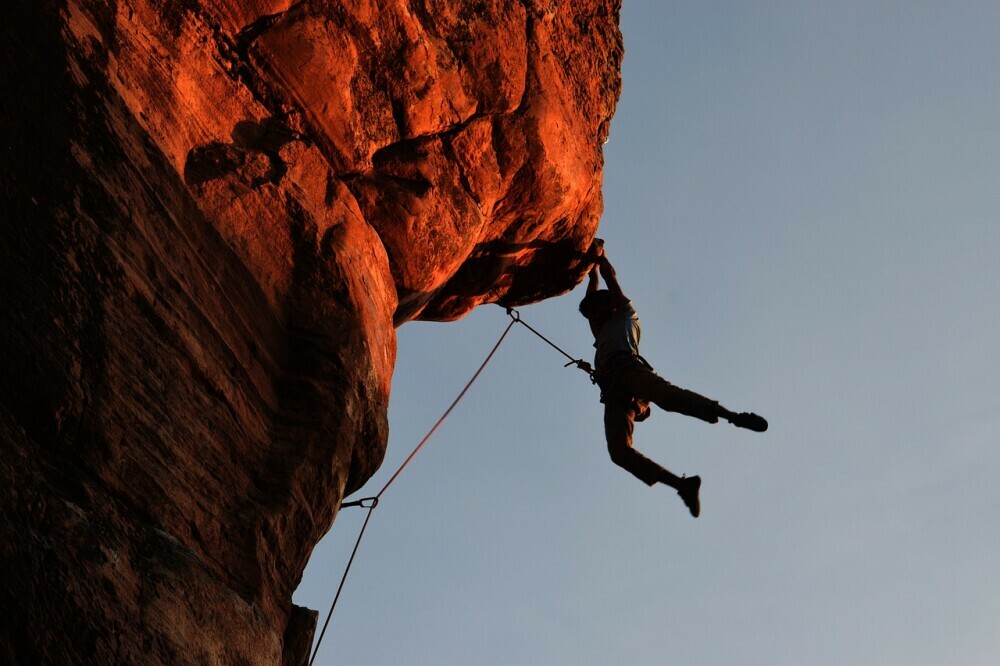
Beyond the Basics: Mastering Rope Skills for Advanced Climbing
For rock climbers, conquering challenging routes is only part of the thrill. The true test lies in mastering the art of rope management – a skillset that separates confident climbers from those reliant on luck. This blog post delves into advanced rope skills, equipping you with the knowledge and techniques to navigate the vertical world with safety and efficiency.
Building the Foundation: Essential Rope Skills
Before diving into advanced techniques, solidify your grasp of the fundamentals:
- Rope Types: Dynamic ropes, with their shock-absorbing properties, are crucial for lead climbing. Static ropes, offering minimal stretch, are used for rappelling and hauling.
- Knot Knowledge: Master the figure-eight knot (your lifeline!), the bowline (for creating secure loops), and the clove hitch (for attaching to rappel anchors).
- Rope Care: Inspect your ropes regularly for signs of wear and retire them when necessary. Proper coiling and storage techniques prolong their lifespan.
- Belaying Mastery: Become a rock-solid belayer! Practice smooth catches, anticipate climber movement, and understand proper use of belay devices.
Advanced Maneuvers: Level Up Your Climbing Game
As you progress, expand your repertoire with these advanced rope skills:
- Ascending and Rappelling with Confidence: Learn techniques for efficient ascents using a prusik hitch or jumaring. Master controlled rappelling with proper rope management and anchor systems.
- Conquering Multi-Pitch Climbs: Multi-pitch routes require advanced rope management during transitions. Learn to extend anchors, manage rope drag, and communicate effectively with your climbing partner.
- Knots for Every Situation: While the basics are vital, explore advanced knots like the Prusik hitch for ascending or creating a life line, and the Munter hitch for rappelling with a single rope in an emergency.
- Taming the Elements: Wind and wet ropes can complicate maneuvers. Learn techniques for managing rope movement in windy conditions and handling slippery wet ropes safely.
Safety First: A Climber’s Rope Protocol
A safety-conscious approach is paramount:
- Routine Rope Checks: Before each climb, thoroughly inspect your ropes for damage. Never compromise on safety!
- Rope Rescue Skills: Learn basic rope rescue techniques for aiding a fallen climber, like hauling systems and lowering techniques.
- Understanding Fall Factors: Minimize fall risks by understanding the impact of rope length and anchor placement on fall forces.
- Communication is Key: Develop a clear verbal and rope signal system with your climbing partner for seamless coordination.
- Retirement When Due: Recognize signs of rope wear and tear, and retire ropes before they become safety hazards.
Climbing Smarter, Not Harder: Training and Drills
Sharpen your skills with dedicated training:
- Regular Rope Skill Practice: Develop a routine to refine your knotting speed and accuracy. Practice! Muscle memory is your friend.
- Belaying Drills: Utilize different belay devices and practice catching falls in various scenarios.
- Mental Rehearsal: Visualize rope maneuvers on the wall before your climb. This mental preparation translates to smoother execution.
- Advanced Technique Repetition: Practice advanced rope techniques like jumaring or using a prusik hitch to build muscle memory and confidence.
By mastering these advanced rope skills and prioritizing safety protocols, you’ll unlock a new level of climbing freedom and confidence. Remember, climbing is a journey of continuous learning.Embrace the challenge, hone your skills, and ascend to new heights with a newfound mastery of the rope!

